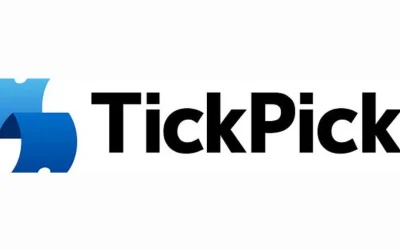As Ticketmaster continues to roll out its dynamic ticket pricing sales model, it appears the initiative relies more heavily on information from the secondary market than the company first let on.
The ticketing giant, part of Live Nation Entertainment, made no secret of the fact that it was implementing a dynamic pricing plan as a direct shot at the secondary ticket market, which it believes is “siphoning off” the “economic value” of tickets, according to Ticketmaster CEO Nathan Hubbard. But in order to fight ticket brokers at their own game, Ticketmaster is extensively utilizing from brokers, an issue that concerned them when Ticketmaster acquired secondary ticket company TicketsNow in 2008.
In an interview this week with the Star-Ledger newspaper, John Forese, vice president of Ticketmaster’s recently launched data analytics division, said that while they look at various factors in determining what to do with a specific event’s ticket prices, one resource is at the top of the list.
“We are looking at sales rates of ticket prices on the secondary markets, looking at web traffic,” he told the Star-Ledger.
Dynamic pricing is the practice of raising or lowering the cost of a ticket in real time, based on demand and other factors, such as the weather, team standings or sales of an artist’s most recent single, among others.
Several sports teams have begun using dynamic pricing to help fill otherwise empty stadium seats, in what resembles an airline or hotel business model. And, using information from the secondary market to set ticket prices is not new; the Philadelphia Flyers routinely monitor StubHub for that purpose.
Yet, Forese’s comments give a stark reminder of just how intertwined the secondary market is with the primary one, particularly when Forese and others harbor such disdain for the resale market. In addition, his comments are among the clearest examples that what Ticketmaster is trying to do now with dynamic pricing is exactly what ticket brokers have done for years, even though primary ticketing have turned to paperless tickets and other initiatives to thwart ticket resale.
“Generally we see the really good seats are underpriced. The dynamic pricing is a way … to really take the money on the secondary market and get that in (promoters’ and artists’) pockets instead,” Forese told the Star-Ledger. “That increase in revenue provides a cushion, allowing them to lower prices in sections that might not be moving. That leads to a healthy business.”



